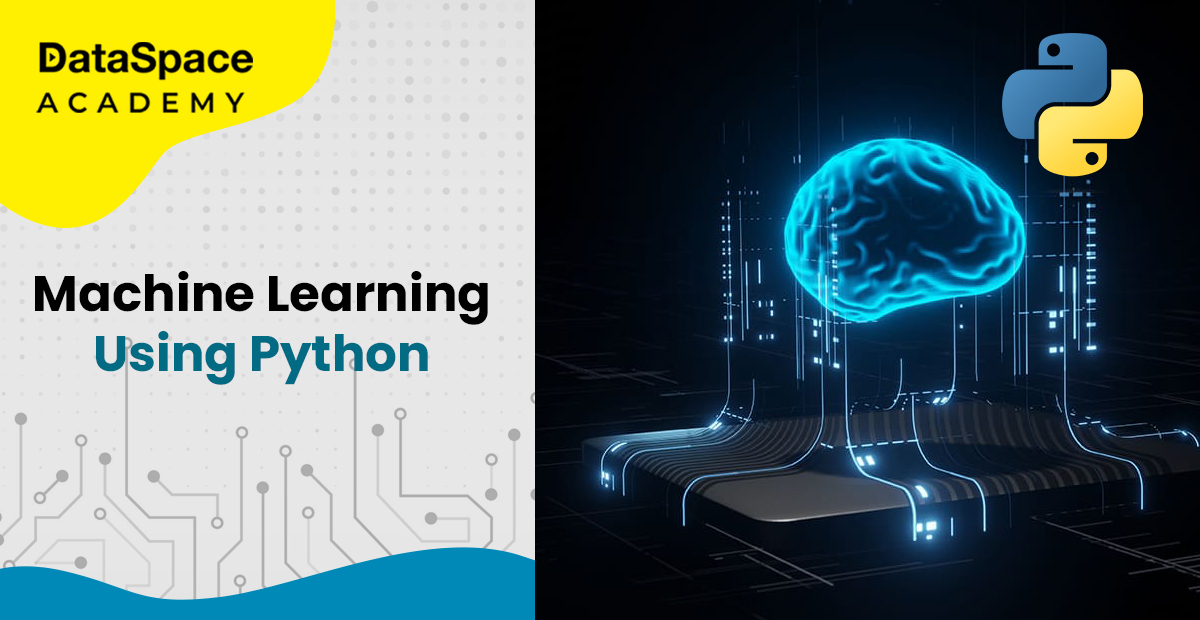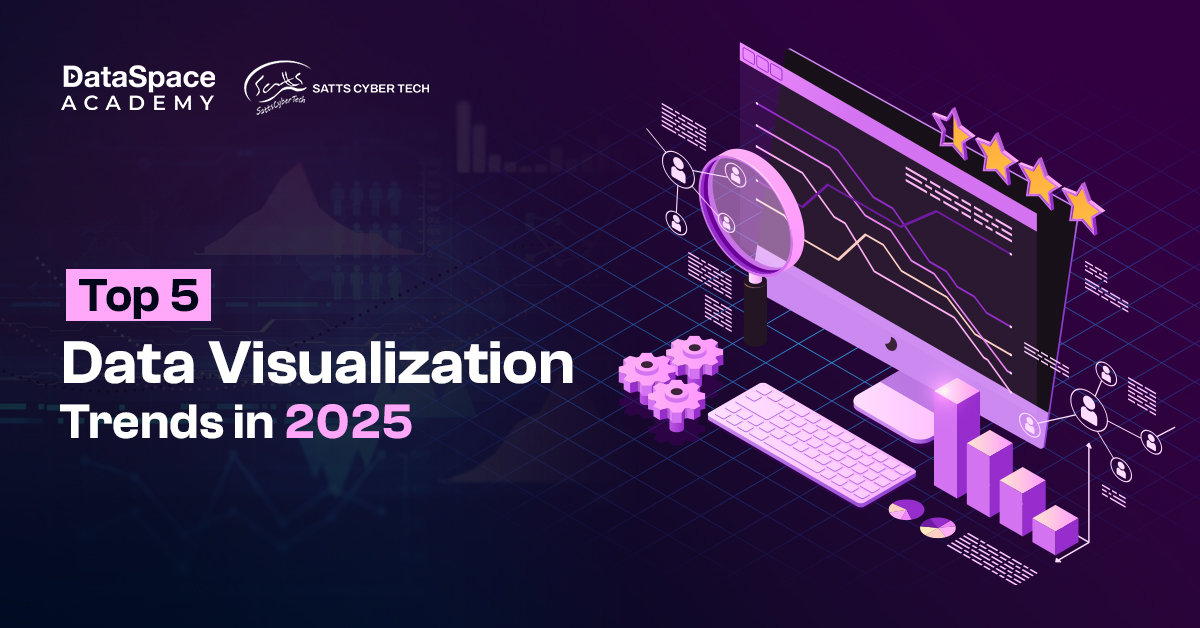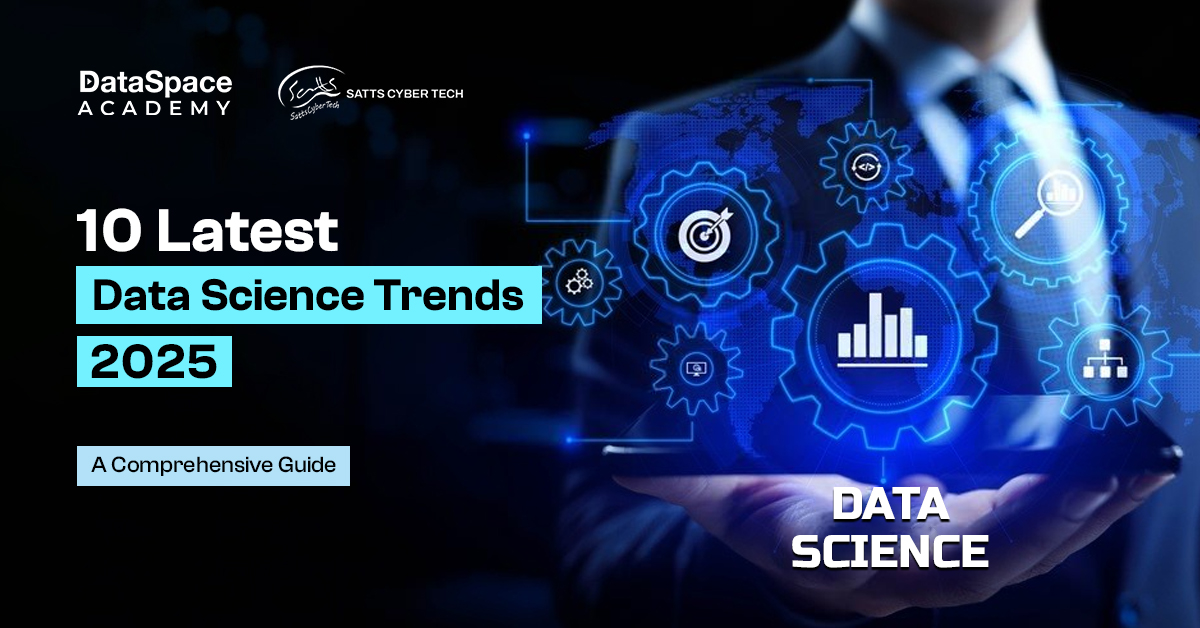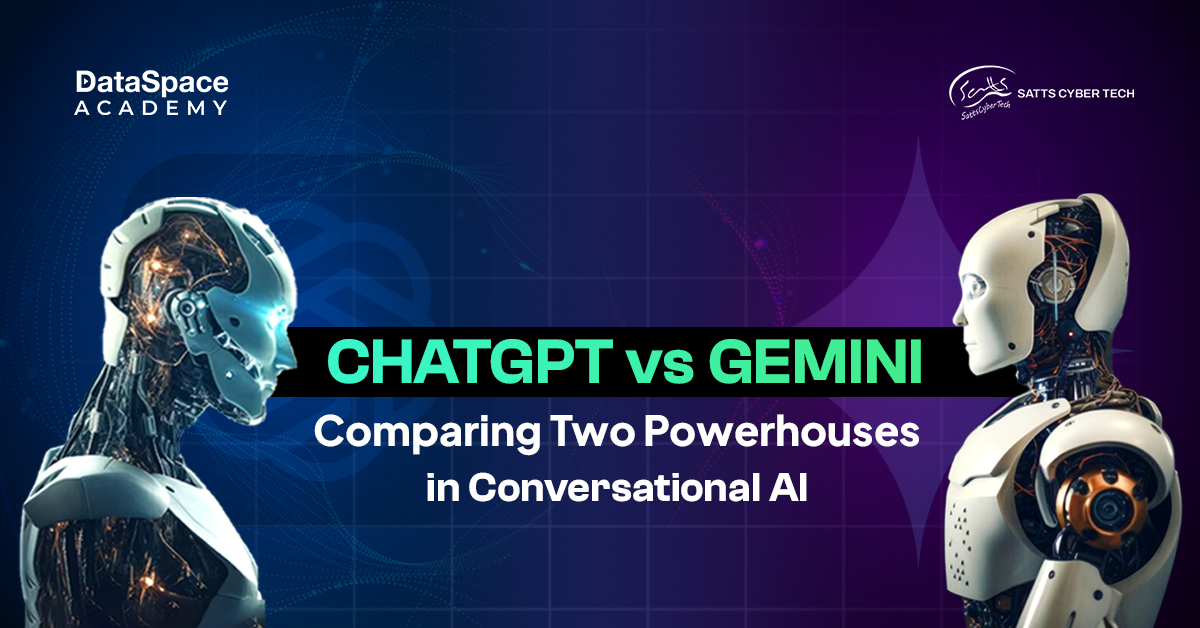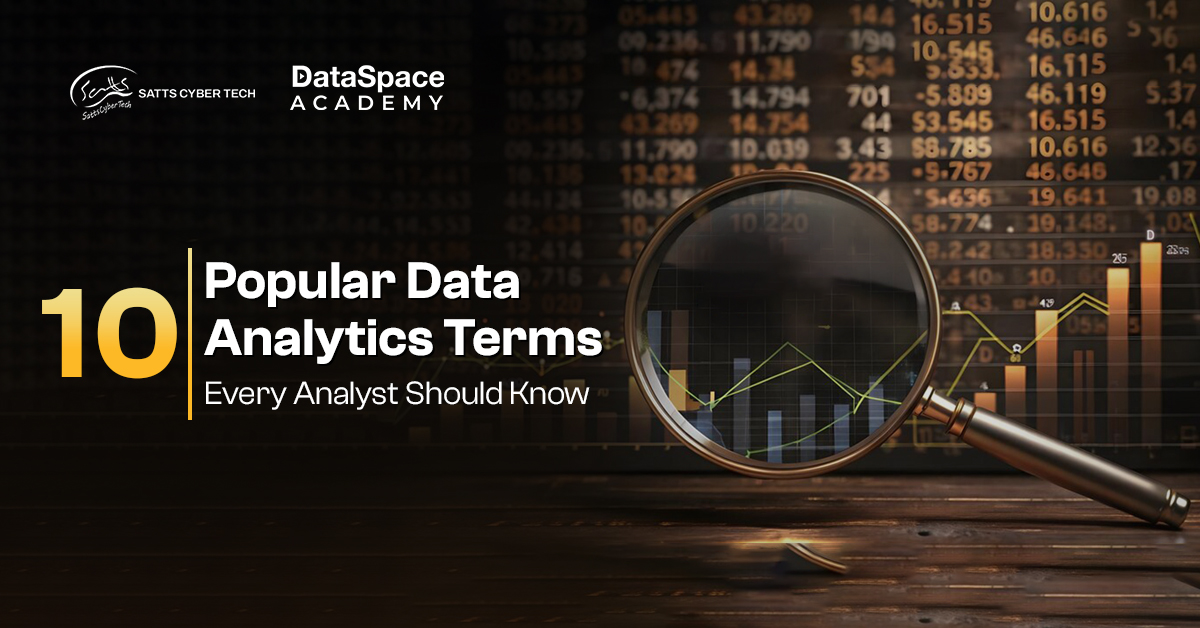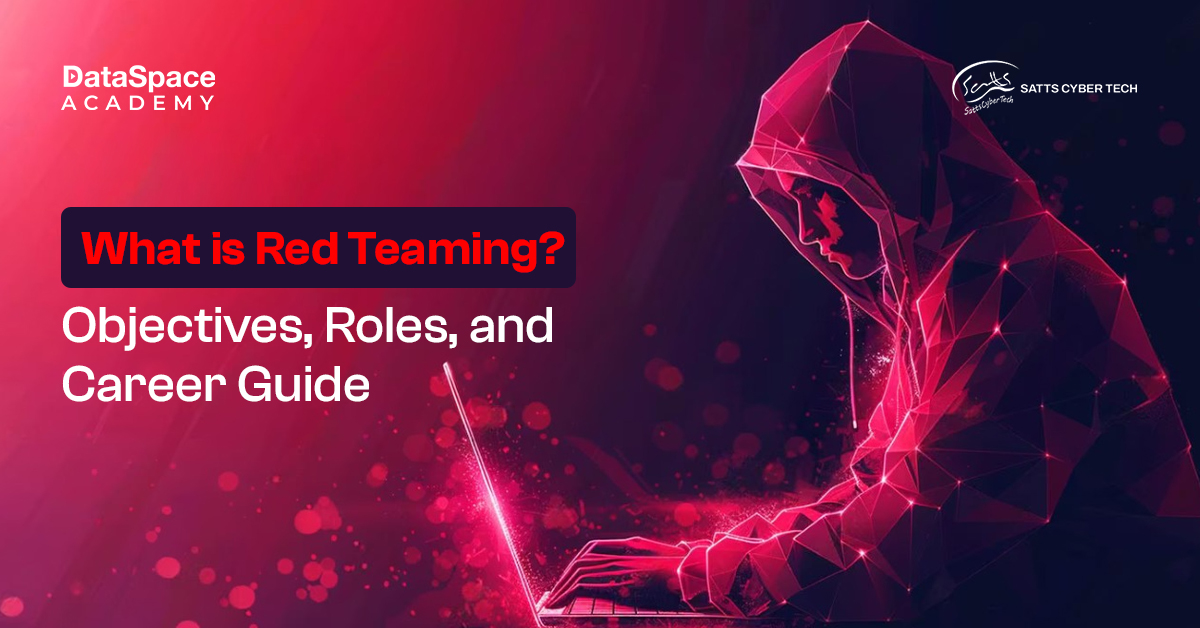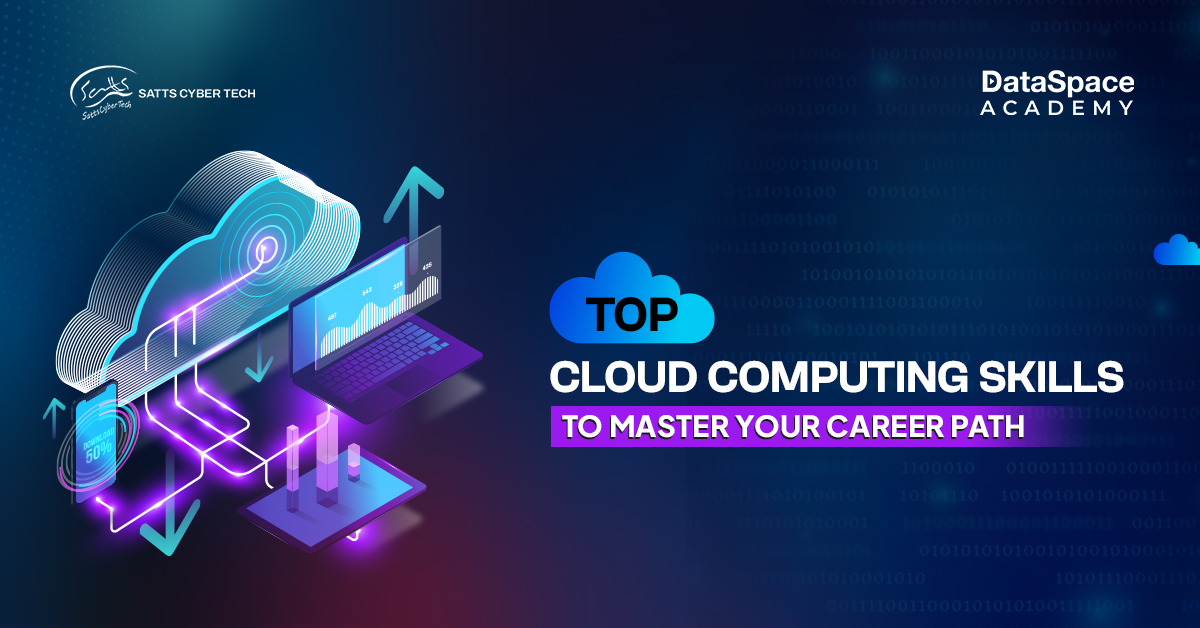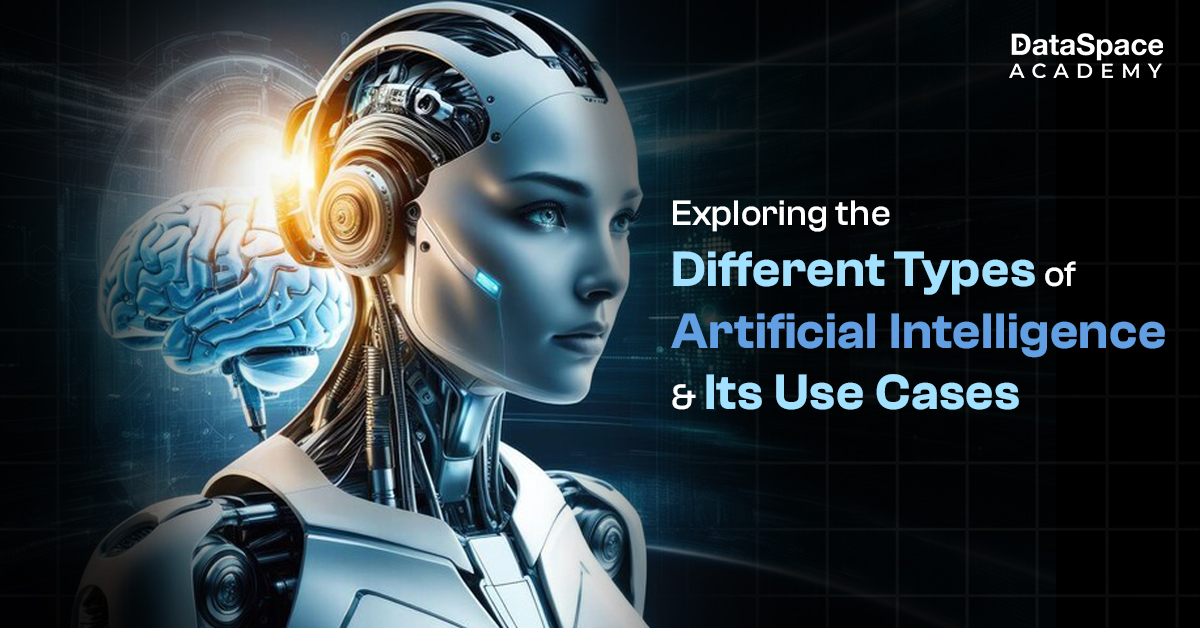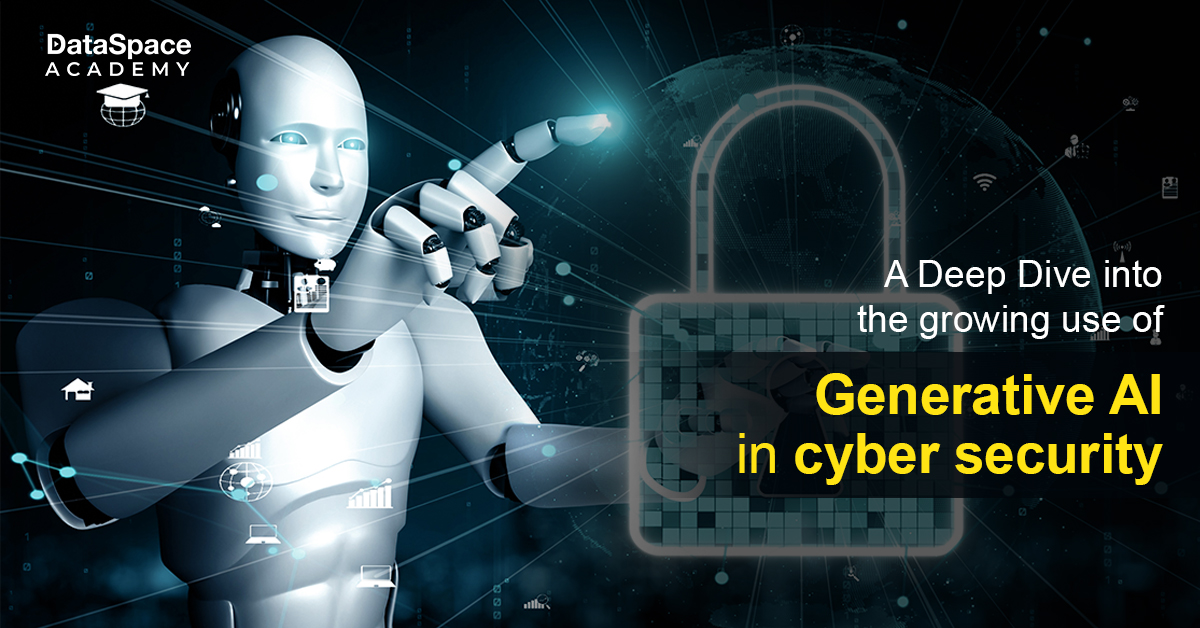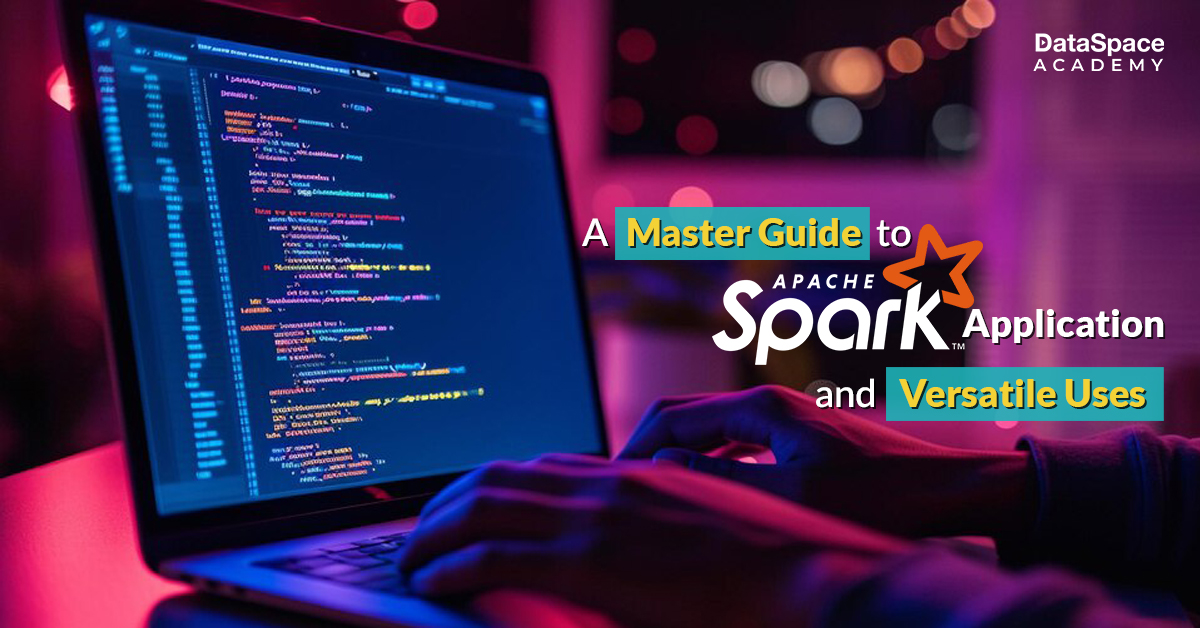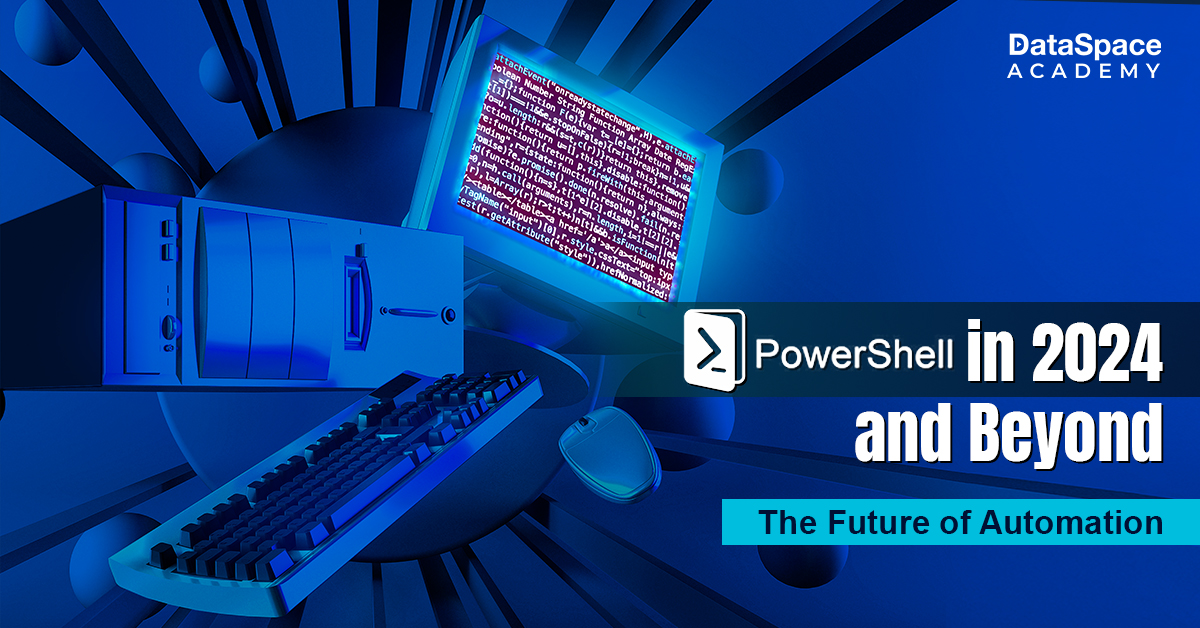Popular Python Libraries: A Comprehensive Guide
Last Updated : 24 Jul, 2024
 89.12K
89.12K
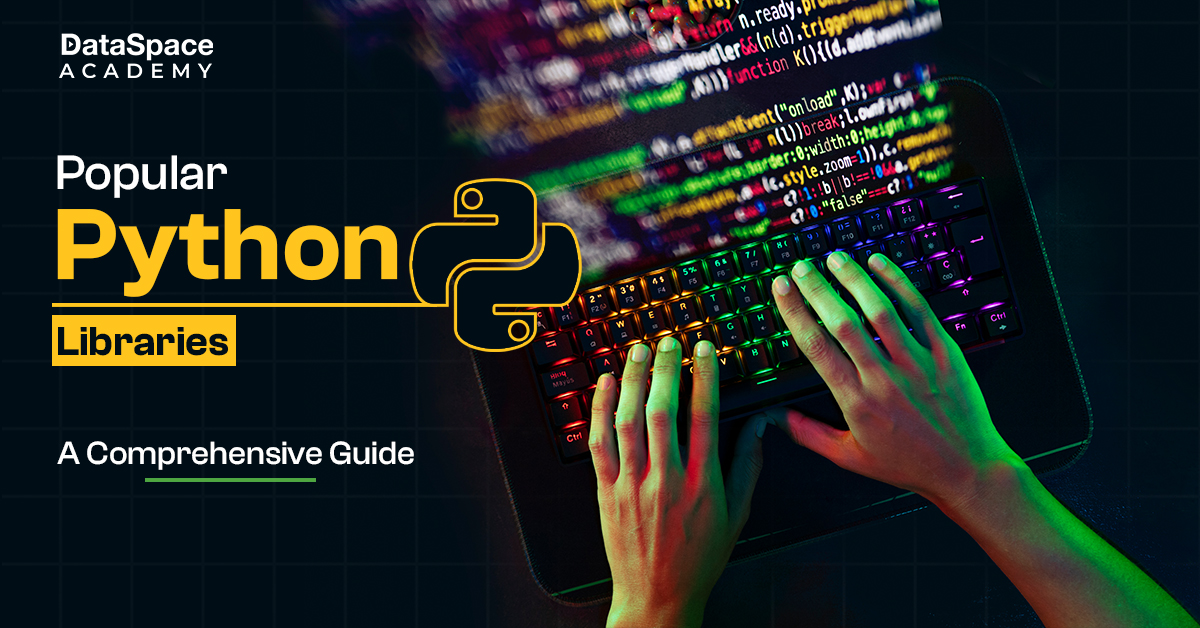
Introduction
Python, a versatile and user-friendly programming language, owes much of its popularity to its vast ecosystem of libraries. These pre-written code collections offer a plethora of functionalities, saving developers time and effort. From data manipulation and analysis to machine learning and web development, Python libraries have become indispensable tools. In this blog, we’ll explore Python libraries, understand their significance, popular choices, and how to select the right ones for your projects.
What are Python Libraries and Why are They Important?
A Python library is essentially a collection of pre-written code designed to perform specific tasks.
Imagine building a house; instead of creating every brick from scratch, you use pre-made bricks. Similarly, libraries provide ready-to-use building blocks for your Python projects.
- Efficiency: Libraries save time by offering pre-built solutions to common problems.
- Reusability: Code within libraries can be used across multiple projects.
- Quality: Libraries often undergo rigorous testing and refinement, ensuring reliability.
- Community Support: Active communities around important libraries in Python provide assistance and resources.
- Extensibility: Libraries can be customised and extended to fit specific needs.
Why are they crucial?
Top Python Libraries
With a vast community of over 8 million programmers, there are innumerable libraries made for and by them to make coding in Python simpler.
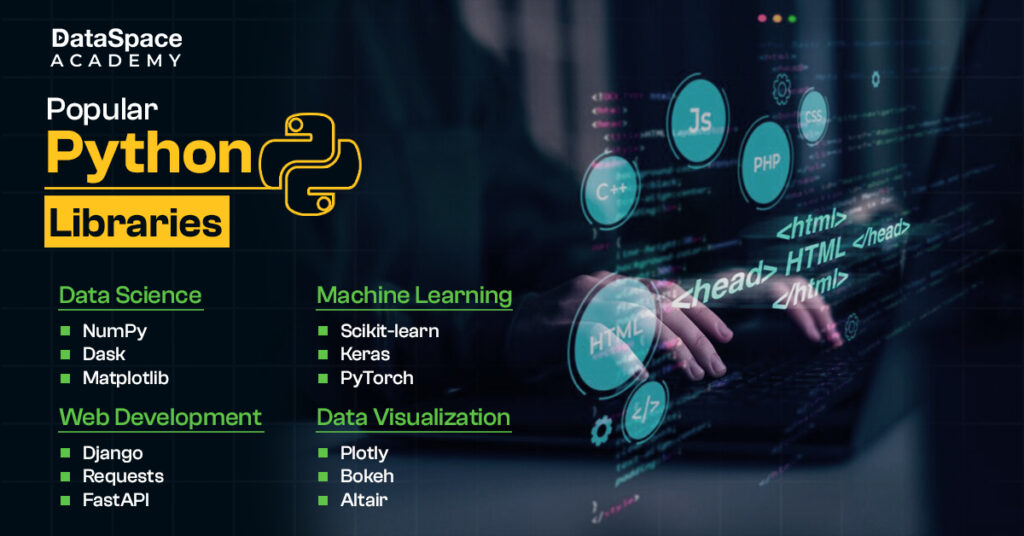
Here is a curated list of libraries in python:
- NumPy: NumPy is the foundation of Python’s numerical computation. The numpy library in python supports massive, multi-dimensional arrays and matrices, as well as advanced mathematical functions.
- Pandas: Built on top of NumPy, the pandas library in python offers data structures like DataFrames for efficient data manipulation and analysis. It excels in tasks like data cleaning, exploration, and preparation.
- Matplotlib: A flexible charting library, this python standard library can generate static, animated, and interactive charts and displays.
- Seaborn: Built on Matplotlib, the seaborn library in python provides a higher-level interface for creating attractive statistical graphics.
- SciPy: Extends NumPy with functions for optimisation, integration, interpolation, and more, making it essential for scientific computing.
- Statsmodels: Offers statistical modelling, hypothesis testing, and time series analysis capabilities.
- Dask: Parallel computation on huge datasets.
- PySpark: Helps to process big data with Apache Spark.
- Scikit-learn: is a machine learning package based on NumPy and SciPy that includes a variety of algorithms for classification, regression, clustering, and more.
- TensorFlow: An open-source platform for machine learning and artificial intelligence, TensorFlow is used for building and training complex neural networks.
- Keras: is a high-level library that simplifies the creation of neural networks by providing a user-friendly interface on top of TensorFlow.
- PyTorch: Another popular deep learning framework known for its flexibility and ease of use.
- XGBoost: A gradient boosting library known for its speed and performance.
- LightGBM: Another gradient boosting library with focus on efficiency.
- CatBoost: A gradient boosting library with support for categorical features.
- Django: This Python web framework facilitates fast development of complicated for rapid development of complex web applications.
- Flask: A minimalist Python library, Flask is designed for building web applications with flexibility and efficiency.
- Requests: A simple, elegant, and Pythonic way to make HTTP requests.
- Beautiful Soup: A library for parsing HTML and XML documents, often used for web scraping.
- FastAPI: A contemporary, quick, and high-performance framework for developing APIs.
- Plotly: For interactive visualisations.
- Bokeh: For creating interactive web-based visualisations.
- Altair: Declarative statistical visualisation library.
- OpenCV: For computer vision tasks.
- Pygame: For game development.
- Astropy: For astronomy and astrophysics.
- NetworkX: For studying the structure, dynamics, and functions of complex networks.
Data Science and Analysis
Machine Learning
Web Development
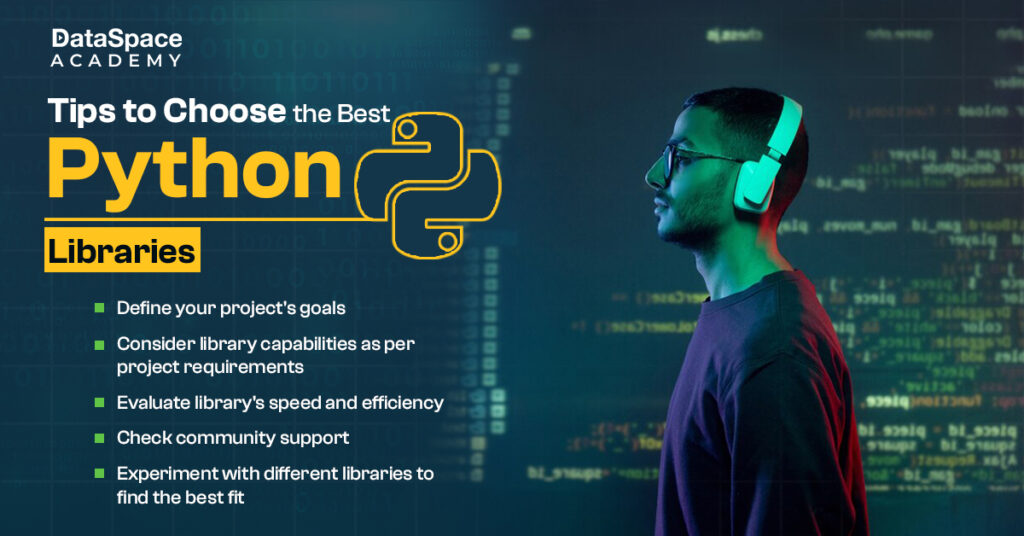
Data Visualisation
Other Notable Libraries
Best Practices for Using Python Libraries
To maximise the benefits of Python libraries, adhere to these best practices:
- Thorough Documentation: Always consult the library’s documentation to understand its functionalities and usage.
- Compatibility: Ensure the library version aligns with your Python version.
- Testing: Experiment with the library in a controlled environment before production use.
- Isolation: Utilise virtual environments of different program components to prevent conflicts between them.
- Version Control: Track library changes using version control systems.
- Coding Standards: Maintain code readability and maintainability through consistent coding practices.
How Python Libraries Work?
A Python library is essentially a collection of code modules that can be imported into other Python programs. When a library is linked to a program, the system extracts its functionalities and integrates them into the program’s execution. This mechanism allows developers to reuse code efficiently without rewriting it.
For Example: Python Code
import math
number = 25
square_root = math.sqrt(number)
print(square_root)
# Output: 5.0
In this code, the maths library is imported, and its sqrt function is used to calculate the square root of the number.
Conclusion
By understanding the core libraries and their applications, you can significantly enhance your Python programming skills. Enroll with DataSpace Academy’s popular python certification course to learn working with python libraries from experts.
As you embark on your Python journey, explore different libraries, experiment with them, and discover the ones that best suit your needs.
Remember: The best library is often the one that aligns perfectly with your project’s goals and your team’s expertise. Happy coding!
 89.12K
89.12K

